” But I don’t know how to fight. All I know how to do is stay alive. ” (18)
The Color Purple is an epistolary novel that begins in the early 1900s and ends in the mid-1940s. It’s the poignant story of Celie, a poor, barely literate Southern black woman who struggles to escape the brutality and degradation of her treatment by men. The tale is told primarily through her own letters, which, out of isolation and despair, Celie addresses to God.
Anyhow, I say, the God I been praying and writing to is a man. And act just like all the other mens I know. Trifling, forgitful, and lowdown. (193)
As a teenager, Celie is raped by her stepfather—even worse, she believes him to be her real father. She’s made to bear two children that are taken away from her. She is married off without her own consent to Albert, whom she only addresses as Mr. _____, who only uses her to raise his children and to do housework. By sacrificing her body to Albert without love and feeling, Celie saves her sister Nettie, whom Albert wants, making it possible for her to escape. Soon Nettie goes off to Africa to work as a Christian missionary. About halfway through the book, Celie’s sub-literate dialect letters to God become woven with letters from Nettie in Africa.
Ironically, Celie finds a friend and unlikely redeemer in Shug Avery, Albert’s blues singer-lover, who in defiance of what men expect of her, brazenly asserts her individuality. She is made the subject of sermon in church. Shug forces Albert to stop brutalizing Celie. She opens Celie’s eyes and encourages her to fight for herself. Shug’s pride, independence and appetite for living act as a catalyst for Celie and others and Sofia, whose rebellious spirit leads her not only to desert her overbearing husband but also to challenge the social order of the racist community in which she lives. It is also Shug with whom Celie first consummates a satisfying and reciprocally loving relationship. The most Shug does is free up Nettie’s letters, hidden away by Albert, thus granting poor Celie a tangible life and bringing about a shocking revelation of her family history.
I think it pisses God off when you walk by the color purple in a field and don’t notice it. The thing about color is that you do have to notice it. It is the beauty of that that is lost in muddling through an endless string of hopeless days.
Without Celie’s knowing, for almost 30 years, Nettie has been writing her letters from west Africa. Mr. _____ has intercepted the letters and hides them. The girls in a male-dominated society don’t fare any better than those in America. They are not allowed to be educated in any matter other than what will transform them into good wives. Nettie, a lonely girl who has to struggle for her own life, is often looked down on and pitied. Her letters broaden and reinforce the theme of female oppression by describing the customs of the tribe that parallel some found in the American South.
What makes The Color Purple so powerful, besides the dialect folk voice, is the choice of narrative style which, without authorial intrusion, forces intimate identification with the heroine. Whereas the letters in the beginning give a knothole view of her hard life, as the book progresses, Celie grows in experience. Her observations become sharper and more informed; the letters take on authority. Her once awkward fumblings slowly transform into a more fluid cadence as she finds some quiet dignity in her life.
The book is a triumphant work that explores self-realization. It’s a poignant but inspiring tale of women’s struggle for equality, independence and dignity. Despite the loss and misery, it is tempered by hope. The story is caked with layers of discrimination and prejudice that surround us, in races and in gender. Different as the subjects are, they are the realities of out world. This book is an important work in the canon of American literature.
294 pp. Harcourt. Mass Paper. [Read|Skim|Toss] [Buy|Borrow]
Filed under: African American Fiction, American Literature, Books, General Fiction, Literature | Tagged: African American Literature, Alice Walker, American Literature, Folklore, General Fiction, Literature, The Color Purple |















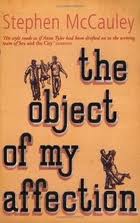





















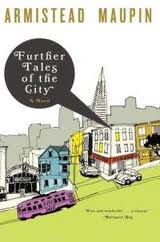









































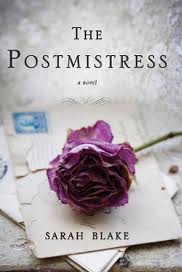












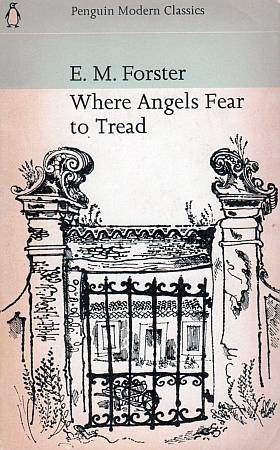















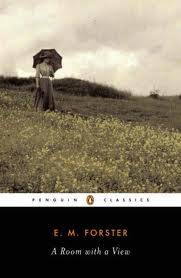








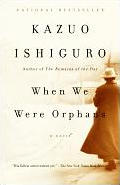

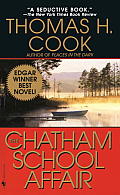




















































































































































Someday, I will be brave enough to read this book.
Take your time. The first half is more gruesome.
I remember reading this book many moons ago and loving it – one of my favourites. It lead to me to try some other Alice Walker books but nothing struck the same chord as The Colour Purple.
I have never read it until now. But I could see the impact of this books to women in generations to come.